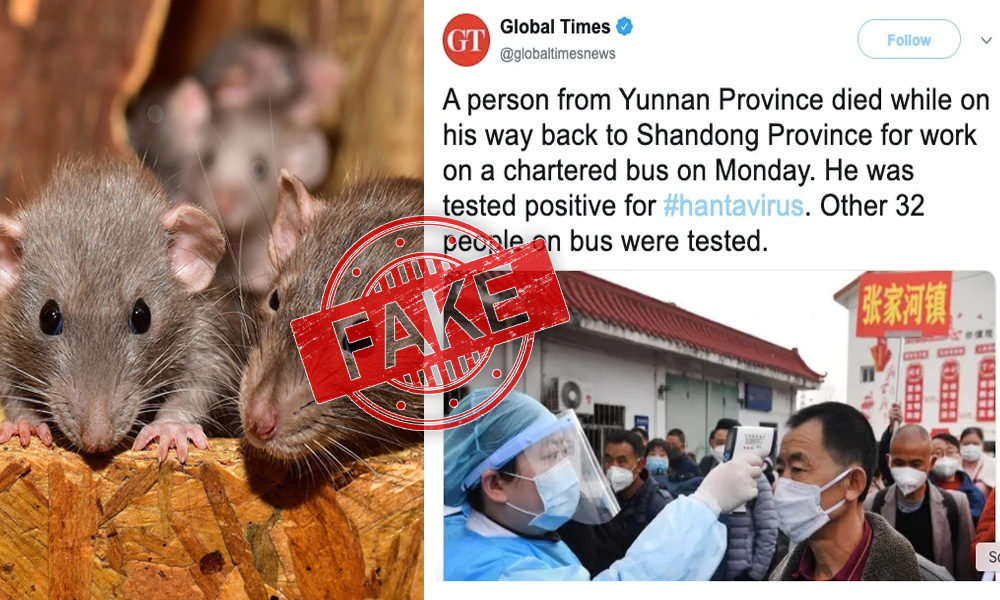Hantavirus is a family of viruses, each with their own specific host like mice, rats or deers. Hantavirus found in United States is known as “New World Hantaviruses” while others are known as “Old World Hantaviruses.” It originated in 20th century and had reported outbreaks in 1976, 1993, 2012 and 2017.

Hantavirus is found in rural areas that have forests, farms, etc which are suitable habitats for virus’s rodent hosts. Other areas where rodents are found like offices, homes can also contain the virus.
How can one get infected from Hanta Virus
In United States the carriers of the virus are rodents and deers who shed the virus in their saliva and excreta. The virus is airborne and is transmitted to people who breathe in air containing the virus. It is also transmitted when an infected rodent bites a human or when a human touches surfaces or eat food contaminated with rodent excreta.

However Hantavirus isn’t transmitted from human to human contact.
Who all are at risk from Hantavirus
Hantavirus is spread from contact with rodents and by breathing contaminated air. Even healthy people are at risk if infected with the virus. Activities like sweeping, moping or vaccuming raise dust and spread the virus. Along with that going to unused buildings infested with rodents can get you infected.

Preventions from Hantavirus
Try to avoid any contact with rodents at your home, workplace or campsite. Seal all the holes or homes of the rodents and place mousetraps. Maintain hygiene in your home, office and campsites. Clean your food properly before cooking.

Treatment for Hantavirus
There is no particular treatment for Hantavirus. Infected individuals are kept under intensive care unit and are given medical care. It is necessary to bring the patient as early as possible to the intensive care unit.

